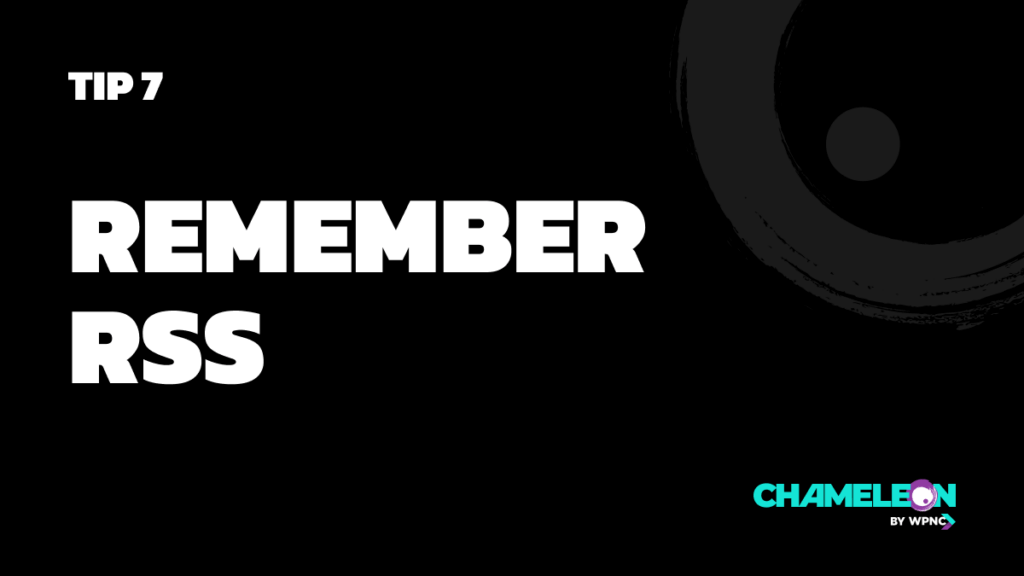
RSS is short for Really Simple Syndication, or RDF Site Summary. It’s a structured, standards-compliant feed of your website content. Users can subscribe to RSS feeds to receive notifications of new articles, blog posts, or updates, saving time on checking multiple websites individually. It’s the same sort of feed format that tells podcast providers (like Apple, Spotify, Stitcher and the rest) that a new episode is available, what it’s about etc.
It’s been around since the 90s and, perhaps, is more important now than ever.
There’s a long trend of digital services trying to answer questions in situ rather than directing people off to websites. For example, a Google search often answers a question straight away, then provides some web links below. AI tools do this routinely. Perplexity, for one, will answer your question and then provide citations.
The tools are able to do this because they have access to data. One way of making sure your latest data is available to these tools is to have machine-readable, structured data, in a feed format. Like RSS.
For charities worried about the missed donation opportunity, where people have their questions answered without them being directed to your website, consider adding your fundraising message to your RSS feed.
